Industrial Fabrication: A Deep Dive into Material Selection

Industrial fabrication, a symphony of science and art, relies on meticulously selecting materials for optimal performance. This comprehensive exploration delves into the properties of metals, plastics, and composites, unraveling the intricate process of matching materials to specific applications based on critical factors such as strength, weight, and resistance to corrosion and heat.
The Steel Symphony: Properties of Metals
Steel
Steel, a stalwart in industrial fabrication, boasts exceptional tensile strength and durability. Its malleability allows for various forms, making it a prime choice in construction and automotive industries where structural integrity is paramount.
Aluminum
Lightweight and corrosion-resistant, aluminum is versatile in aerospace and automotive applications. Its high strength-to-weight ratio contributes to fuel efficiency in transportation.
Titanium
Renowned for its strength, low density, and corrosion resistance, titanium finds its place in aerospace and medical implants where a balance of strength and biocompatibility is crucial.
Plastics Unveiled: Lightweight Wonders
Polyethylene
This thermoplastic marvel offers excellent chemical resistance and is widely used in industries such as packaging and healthcare for its lightweight yet robust nature.
Polycarbonate
Transparent and shatter-resistant, polycarbonate is favored in applications requiring impact resistance, such as protective eyewear, electronic components, and automotive parts.
Polypropylene
Polypropylene is a go-to choice in chemical processing and packaging industries because of its thermal resistance and chemical inertness.
Composites: The Hybrid Revolution
Fiberglass
Composed of glass fibers embedded in a resin matrix, fiberglass combines strength and lightweight characteristics. Its resistance to corrosion makes it ideal for marine and construction applications.
Carbon Fiber
Celebrated for its high strength-to-weight ratio, carbon fiber finds applications in aerospace, sports equipment, and automotive components seeking superior performance.
Strategic Material Matching
Strength
Matching materials based on strength involves a nuanced understanding of load-bearing requirements. Steel might be chosen for heavy-duty structures, while composites like carbon fiber offer strength without excessive weight.
Weight
Consideration of weight is paramount in industries such as automotive and aerospace. Aluminum’s lightweight nature makes it an ideal choice for components where minimizing mass is crucial.
Resistance to Corrosion and Heat
In corrosive environments, stainless steel stands resilient. Plastics like polypropylene excel in resisting chemicals. Heat-resistant materials, such as titanium and specific composites, find applications in high-temperature environments like aerospace and manufacturing.
Advancements in Material Science
As technology evolves, so does material science. From self-healing materials to advanced nanocomposites, the future promises innovations that will redefine the possibilities of industrial fabrication.
Crafting Excellence through Informed Material Choices
In the intricate world of industrial fabrication, material selection is an art and a science. The properties of metals, plastics, and composites are carefully considered and matched to specific applications, ensuring structures are functional and optimized for durability and performance. As we delve deep into materials, we gain a profound appreciation for the expertise required to craft excellence in industrial fabrication. Welcome to the intricate dance of science and art, where every material choice shapes the future of manufacturing.
Newsletter
Don't miss a thing!
Sign up to receive daily news
Recent Posts
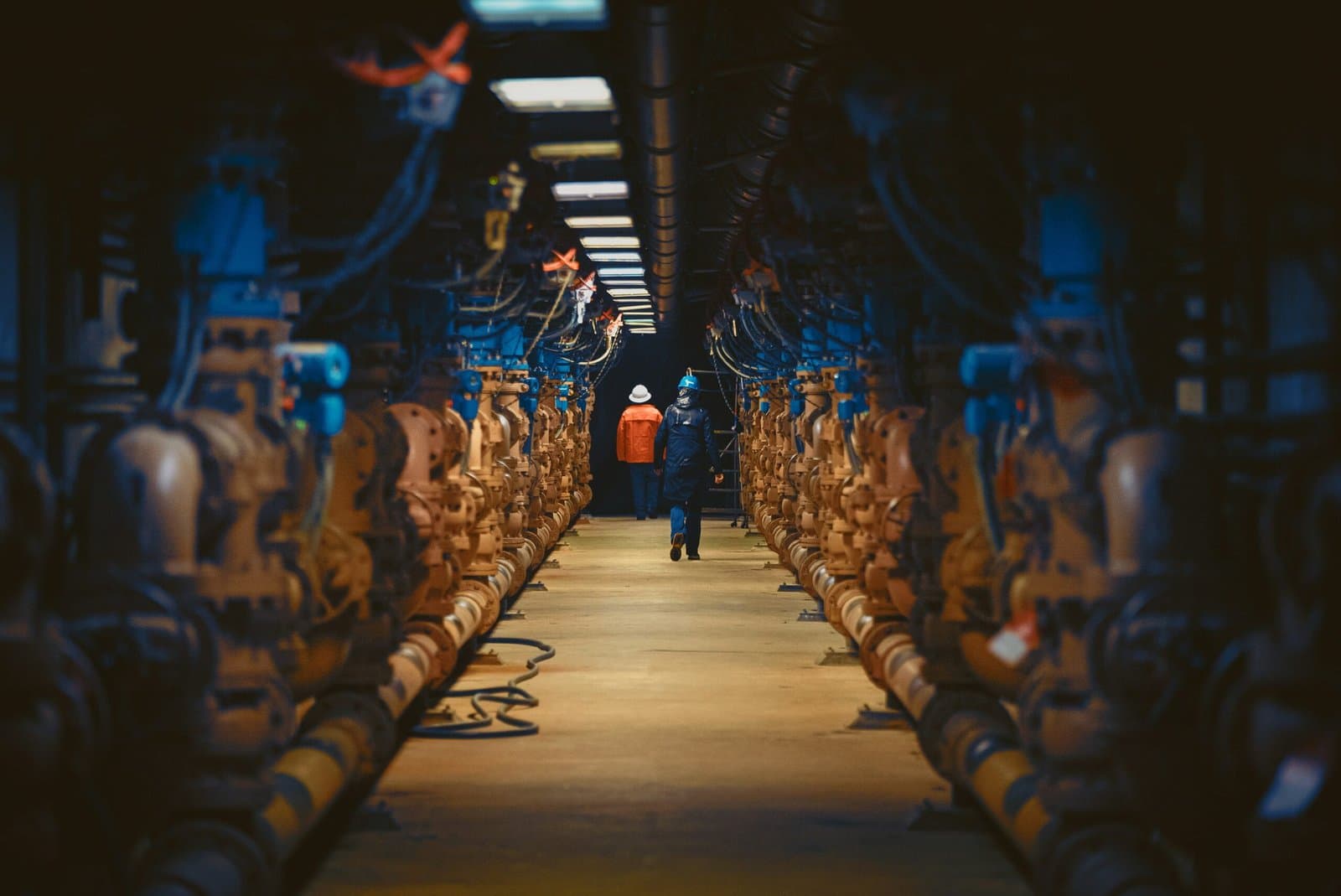
august 30, 2025
Decommissioning a Facility: How to Turn It into a Profitable Venture
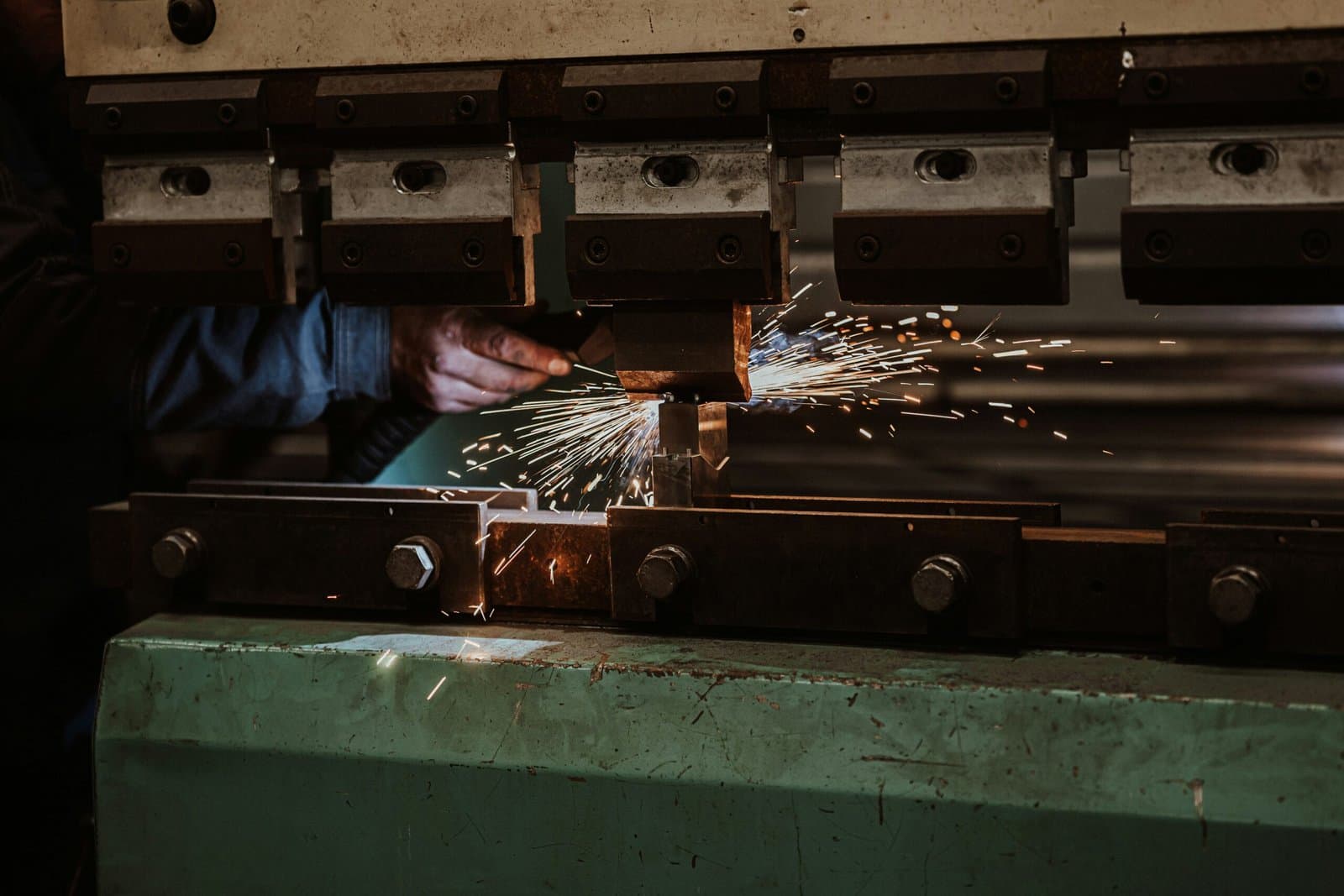
august 25, 2025
Hydraulic Press Maintenance 101
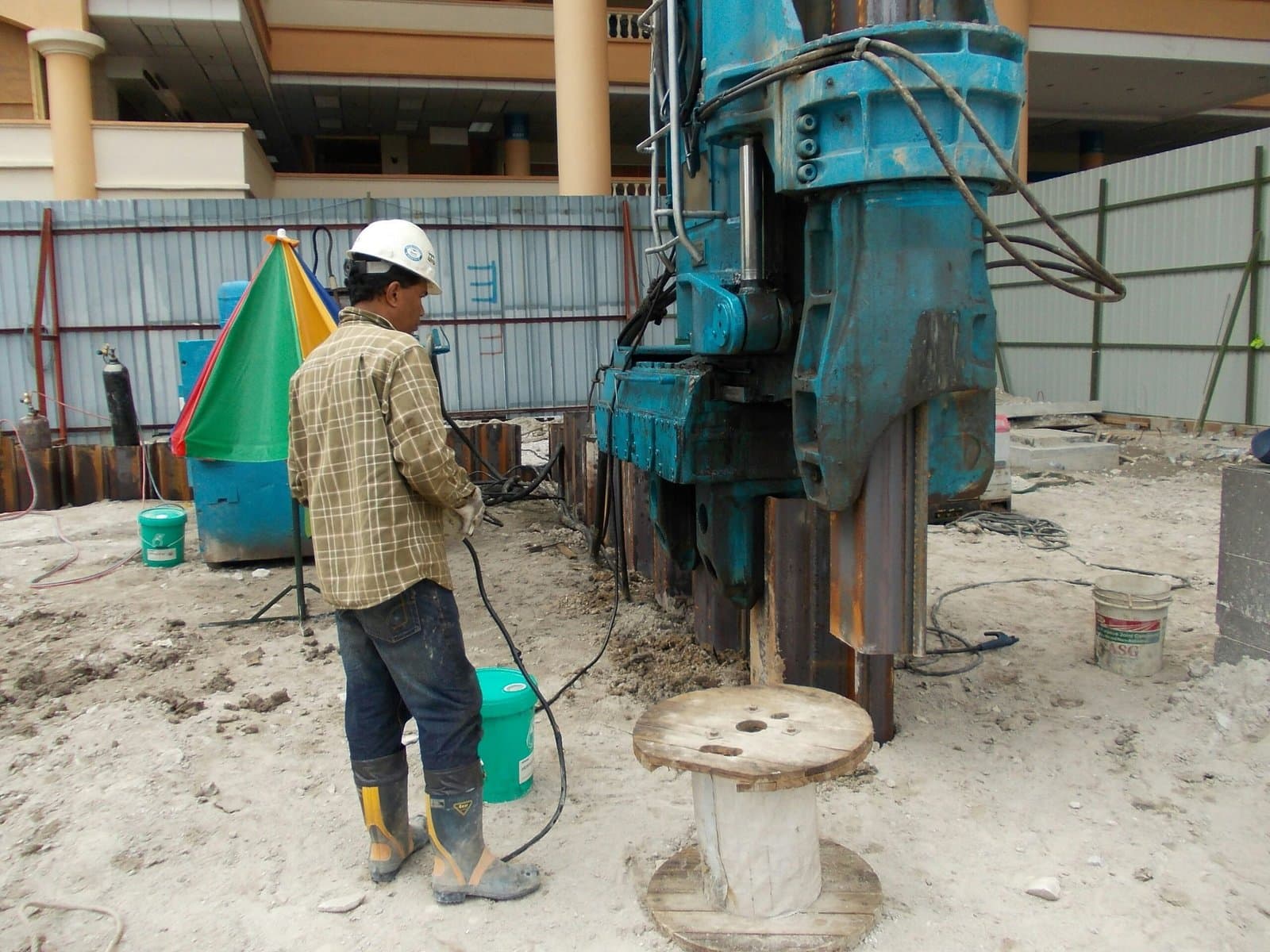
august 18, 2025
Rigging Machinery: The Challenge of Moving and Installing Outdated vs. Modern Equipment
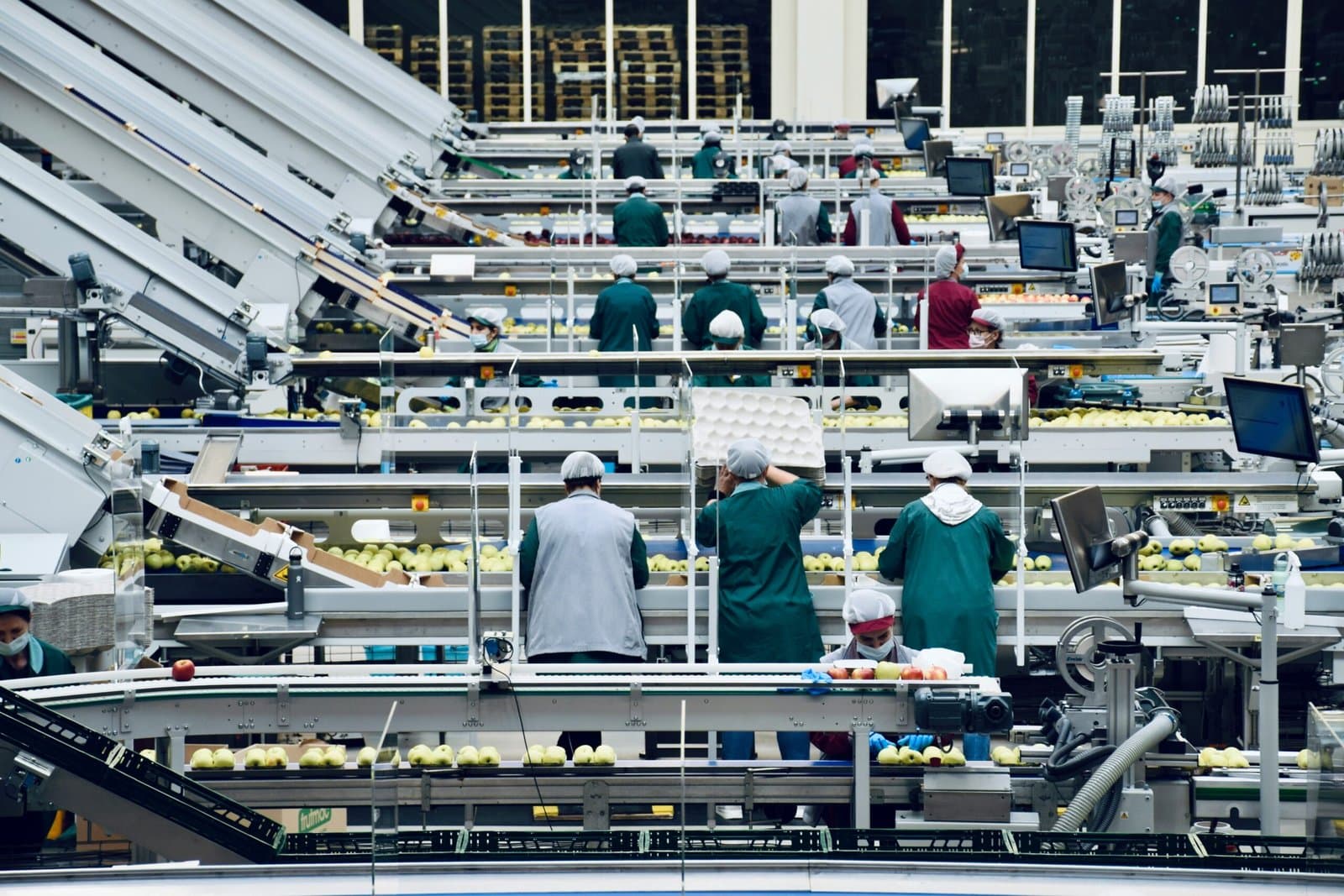
august 16, 2025
Conveyor System Maintenance: 5 Early Warning Signs of Failure
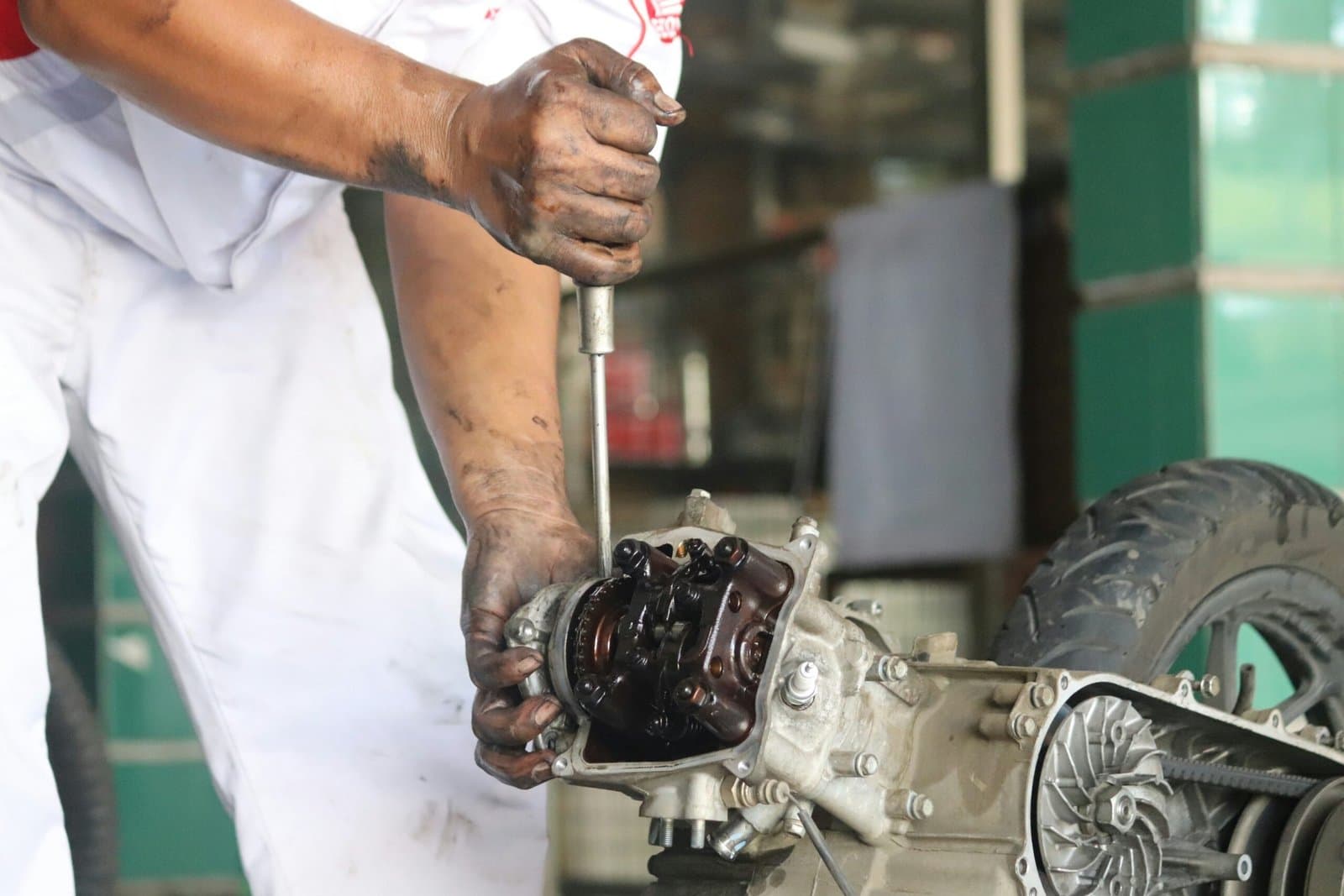
august 14, 2025
Predictive Maintenance: The Smarter Alternative to Costly Reactive Repairs

august 11, 2025